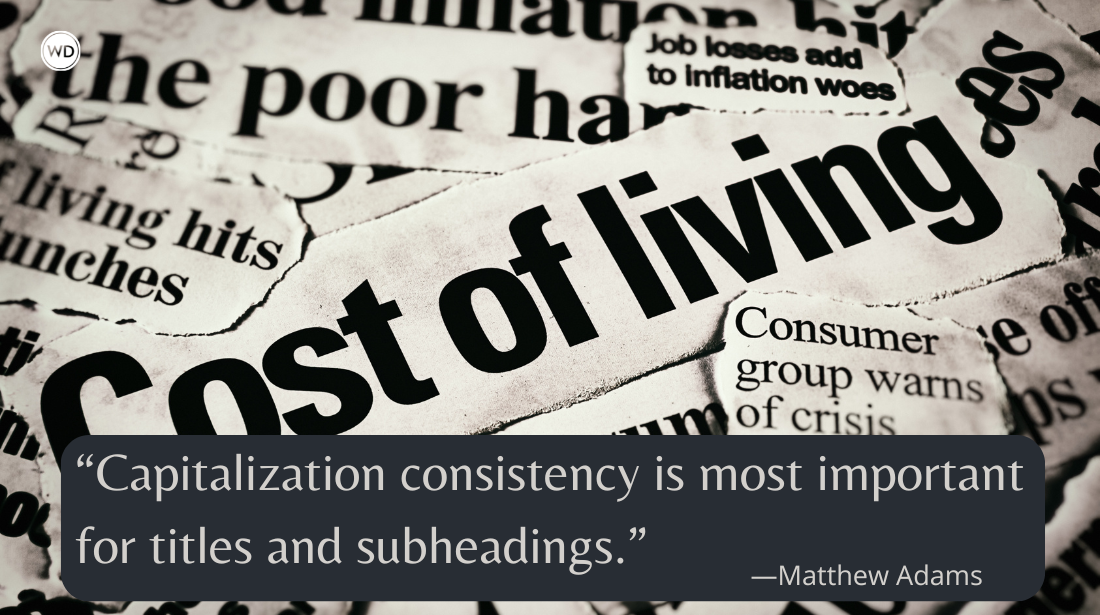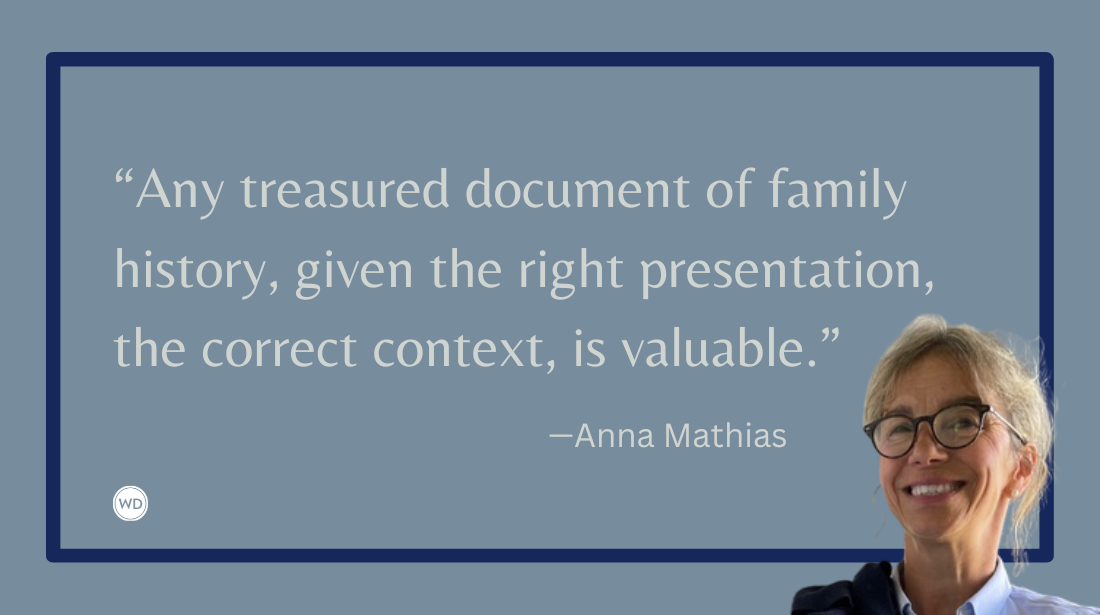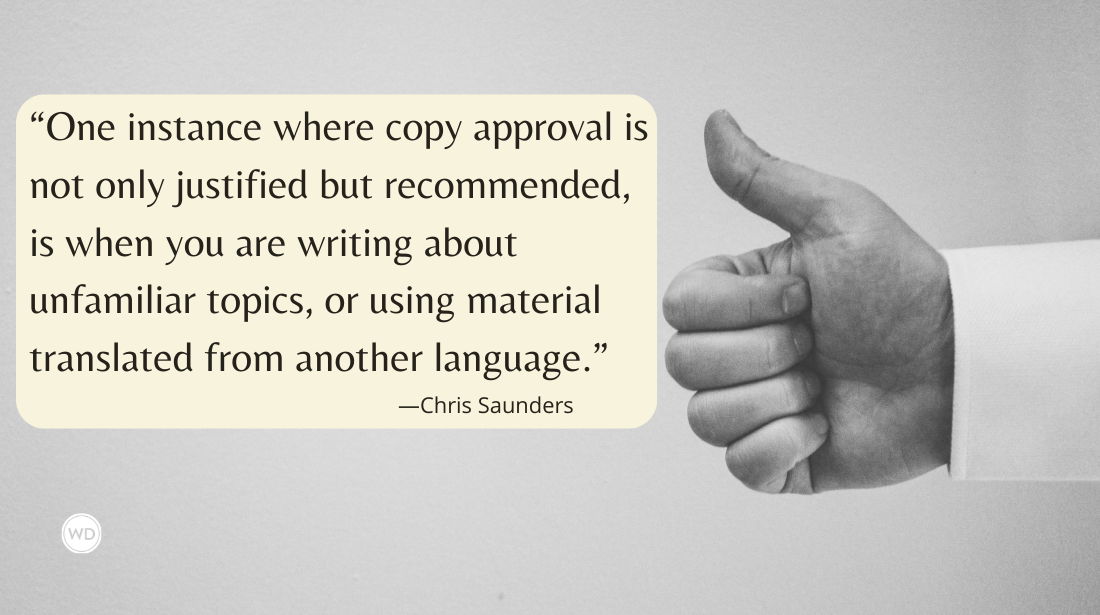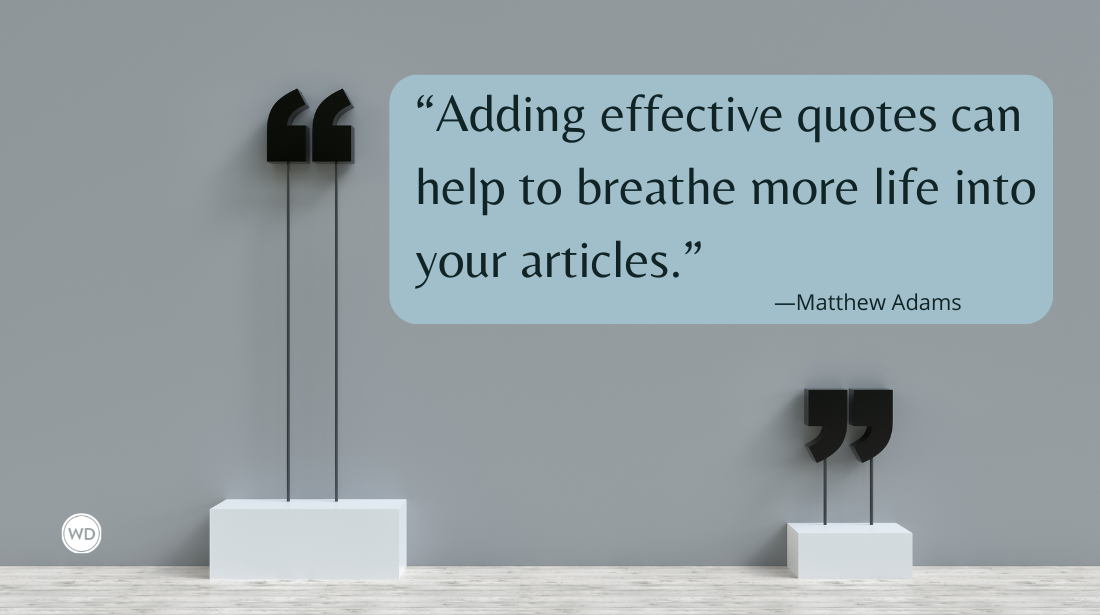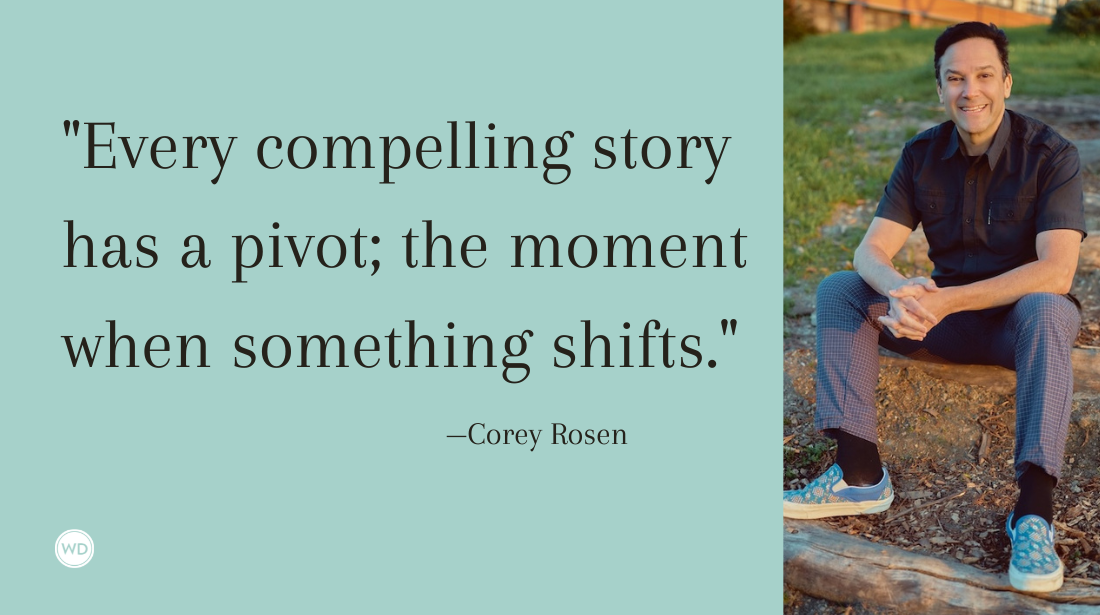The Secret to Writing Stronger Feature Articles
Find the narrative tension hidden in your story, and you can turn a run-of-the-mill assignment into the kind of feature piece that leaves editors—and readers—clamoring for more. Here’s how to do it.
When Esquire asked Gay Talese to write a piece on Frank Sinatra in 1965, he didn’t want to do it. Everyone seemed to be writing about Sinatra. But the (now legendary) writer reluctantly took the assignment, traveling to Los Angeles only to find that he couldn’t even get an interview—Sinatra wasn’t feeling well. Talese remained in L.A., hoping the crooner might recover and reconsider, and he began talking to many of the people around Sinatra—his friends, his associates, his family, his countless hangers-on—and observing the man himself wherever he could. In time he found that Sinatra’s illness wasn’t killing his story; it was the story. In April 1966, Esquire ran what editors continue to say is one of the best pieces they’ve ever published: “Frank Sinatra Has a Cold.”
It wasn’t the best because Sinatra was the subject. It was the best because Talese had put the work in, paid attention, and gone beyond an article about a man everyone knew of. He’d found a story. (You can still read the full story today.)
To write a strong feature it’s not enough to just give the facts. Your piece must have the most essential element in any story: It must be a story.
In nonfiction, like fiction, what readers need more than anything is a reason to care, to want to know what happens next, how it will all turn out. Readers want stories. And stories are driven by tension. It’s your job to give it to them.
First, you have to find it. Then you have to tell it.
Training Your Ear for Tension
Stories are everywhere if you learn to look. Sometimes you have to search, and sometimes you just need to pay closer attention to what’s in front of you. Here are some ways to find them.
Think of the whole story
When approaching a new story, look beyond the newsworthy item that led you there. It’s easy to be distracted by what’s happening on the surface. But think about all that might have led to that moment. What might seem to you like a boring ribbon-cutting ceremony for a new business may really be the culmination of a lifelong dream for the owner. An ordinary high school graduation could be a moment of triumph for a student who overcame great obstacles to hold her diploma. A story about a sports team that wins (or—think of the tension—loses) a championship isn’t about that one game. It’s about an entire season, possibly longer. In the end, it might not be about a game at all.
Listen … to everyone
When reporting, don’t just listen for people to confirm what you already think the story is. Seek to be surprised. Probe into people’s lives and listen to the small details. Let them jabber away. If the tension is not obvious from the start, it often shows itself through an offhand comment or some seemingly trivial fact. Uncovering those means talking not just to the big players in the story, but to everyone you can.
I woke up one morning to discover that a well-known local panhandler had died. Ray was known for changing into three different suits throughout the day as he wandered downtown Flint, Mich., begging for money, giving hugs, and proposing marriage. I thought his eccentricities were enough to write about—and really, they would have made a fine article. But I couldn’t help wondering if there was more to Ray’s story. I walked around downtown, asking people who’d known him to share their thoughts and memories. Those bits of information and anecdotes created a mosaic of Ray that brought him to life—and they also led me to Joshua Spencer, a local businessman who had been especially kind to Ray, even driving him to the doctor. I wondered: What does a sick and lonely man talk about with one of the few people he trusts? And that’s when I found the real story. It opened like this:
[Ray] would sometimes tell him during their phone conversations, always between 10 a.m. and 10 p.m.—a limit Spencer had to set. It came up during their many lunch dates or when [Ray] would stop into Spencer’s downtown ad agency or when Spencer would drive him to doctor’s appointments. [Ray] would tell him what worried him most—that the people who he stopped on the street every day, women he’d propose to, all the people he had special names for, the people who would wave hello or blow him off, did not love him as much as he loved them.
Do you see it there? Tension.
IndieBound | Amazon
[WD uses affiliate links.]
Find the scenes
Once you’ve established the tension that drives the story, it’s your job to explore the telling moments and turning points in the story, bringing them to life for your reader. Stories are told through scenes, and it’s through scenes that tension emerges, grows, and is resolved.
It’s always best if you can be on the scene while a story is in progress. But sometimes you can’t be there, just as Skip Hollandsworth could not time travel to 1946 for his recent Texas Monthly feature “Hoop Queens,” about the first generation of a dominant women’s college basketball team. Hollandsworth opened the story by showing the now-elderly first generation of players in the stands at a recent game. He then went back in time to the exact, tense moment when one of those female players had the guts to ask for more practice time on the court. It was the scene that had lead to their current legacy:
One day after practice, Redin noticed a group of coeds standing by the gym door. They were members of the Wayland Girls Basket-ball Club, which played a handful of games each year against nearby high schools and junior colleges. A young woman swallowed nervously and told Redin that the Girls Basket-ball Club would like more practice time at the gym. They also wanted to play more games against better opponents.
And who, exactly, would you want to play? Redin asked.
Well, said the young woman, maybe you could help us schedule games against some of those AAU teams.
Redin stared at the group, not sure how to respond. “I finally said, ‘Girls, this is Wayland Baptist,’ ” he told me. “ ‘We don’t really play AAU teams at Wayland Baptist.’ ”
The scene reads effortlessly, and yet with a closer look, it’s clear Hollandsworth had to ask a lot of questions to get what he needed for these brief sentences. The player “swallowed nervously,” showing us the tension. By getting his sources to relay past dialogue, Hollandsworth was able to show the information as well as tell it. And because he was able to find the real root of his story, all the details about who the girl basketball players were before the team started—who they played, how much, the year it all started—become more than just information to his readers. They now mean something.
Ask the most important question
Everyone has a story. Everyone wonders what will happen next in their lives and how it all will turn out. In fiction, editors often ask, “What’s at stake?” That’s the question that drives the best factual reporting, too. Think: What will happen or would have happened if? Ask people about it. Ask what they think about and what they’re worried about. Often, those answers—and not all the surface facts so many reporters are obsessed with—are your stories. They are the core your facts stick to, your editor’s reason to take interest in acquiring your piece, your reader’s reason to care.
Telling the Story
Journalists are taught to put the most important information at the top of a story because they have to assume many readers won’t stick around till the end. But if you’re going to go beyond straightforward reporting and become a truly great feature writer—a storyteller—your job is to keep them reading. You have to seduce them, keep them engaged, and make it all pay off.
Some people reject the idea that all stories must follow the old formula of having a beginning, middle, and end, arguing that a story can begin in the middle or end at the beginning. Fair enough. Another way to think about a feature story, then, is this: Seduction, Development, Payoff.
Seduction
In fiction, readers go in knowing there will be tension, and this is almost always established early: Nick Carraway watches a mysterious neighbor named Gatsby reach for a green light. Harry Potter is the boy who lived. Good stories seduce their readers with a hint, a promise of all that’s yet to come, the reason they should stick around.
So it is with nonfiction. Let’s revisit the Sinatra piece by Talese. The story is approximately 15,000 words long—about a quarter of a short novel—and yet the tension is established in the first few paragraphs. Talese sets a tense scene in the first paragraph, showing Sinatra sitting in a bar, and in the next paragraph, shown here, he reveals the tension that will drive the rest of the story.
Sinatra had been working in a film that he now disliked, could not wait to finish; he was tired of all the publicity attached to his dating the 20-year-old Mia Farrow, who was not in sight tonight; he was angry that a CBS television documentary of his life, to be shown in two weeks, was reportedly prying into his privacy, even speculating on his possible friendship with Mafia leaders; he was worried about his starring role in an hour-long NBC show entitled Sinatra—A Man and His Music, which would require that he sing 18 songs with a voice that at this particular moment, just a few nights before the taping was to begin, was weak and sore and uncertain. Sinatra was ill. He was the victim of an ailment so common that most people would consider it trivial. But when it gets to Sinatra it can plunge him into a state of anguish, deep depression, panic, even rage. Frank Sinatra had a cold.
There’s no point in holding back at the beginning. You can ease into the tension with a scene, as Talese does, or you can jump into it with the first line, but the tension—the reason we should care—must be there from the start, giving your readers a reason to keep going, to wonder what will happen next.
Development
Once you’ve convinced your readers to hang around, they’re ready for the rest of the story.
The best devices to keep them interested are all those scenes you found in your reporting. Talese would map out his stories and then try to make each point he needed to make—to insert each fact the reader needed to know—through scenes. Sometimes you can’t make the story entirely out of scenes, or there may be exposition that just needs to be there. Scenes, however, can still drive the way the story unfolds.
Look for the different milestones in your own story, the highs and lows the key players go through that define their journeys. Let those moments, those key scenes, drive the story forward, and your reader along with it.
Payoff
Stories have endings. They’re the answer to that what-if question implied by the tension.
Sometimes the tension is not yet resolved in life, but the story must, of course, end on the page. That’s no problem. Those can be the best endings.
For a long time, I’d been wanting to write a story about an iconic grouping of pictures of old regulars at a well-known bar in downtown Flint, but I wasn’t sure how to do it—until the day I heard the owner was thinking of having the pictures retaken. I’d found my tension: What would happen to the old pictures? Who would replace these fixtures? I gathered all my scenes and “characters,” but by the time I was done reporting, the old pictures were still up there. And so instead of trying to resolve the tension, I let it hang:
[If the owner] ever decides to put up a new Big Bar in the Sky, it will have to be somebody.
The only question is who.
In the meantime, Curnow and other members of the new generation have the pictures to look at—the heroes and mysterious people who sat in the seats before them. People who may be sitting at the next table, older versions of the people above. An unknown figure slumped over the bar. A woman staring past the camera. The man laughing at a joke we’ll never hear, holding a glass he’ll never put down.
A final thought on tension: Although it’s the key driver of the best feature articles, sometimes the tension just isn’t there. And if you force it, your readers will know. So don’t. You still may have a fine article on your hands. But never forget that tension is often so tied up in everyday life that it seems invisible—except to the writer with the skills to discover it, mine it, and tell it.
Scott Atkinson is a features writer for The Flint Journal and teaches writing at the University of Michigan-Flint.





